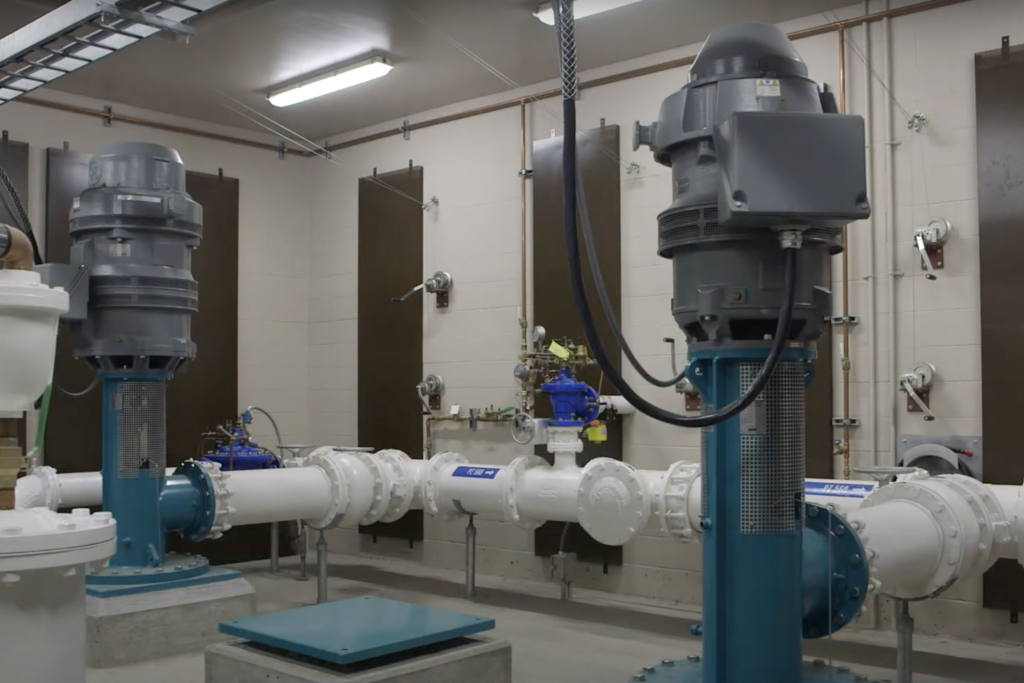
The NPRV is a new first-of-a-kind product that gives water departments the ability to manage pressure just like what they’re doing today, but instead of wasting pressure, it converts it into a new source of energy. And with the NPRV in place, water departments can reduce their operating costs due to energy. They can save water, reduce their carbon footprint, and extend the life of their infrastructure. It also gives them an opportunity to take that savings and reinvest it into their own infrastructure.

“Water is a very energy intensive industry, so whether that’s on the treatment side or pumping side, and so energy plays a really big component in the operational cost of that. Unlike other renewable sources, it can be more steady, so with the high operating hours that water systems operate, you can get more generation hours, and you can even get generation hours when wind or solar may not be working. So, it’s an opportunity to provide renewable energy at times when it may not be produced by other means. I also think this is great win for both Skagit PUD and PSE to help reduce carbon emissions and then helps us both meet our sustainability goals,” said Corey Corbett, Manager, Business Energy Management Puget Sound Energy
John Kousinioris, President & CEO, TransAlta said. “there are really two things that we’re excited about as part of this project that Skagit PUD is doing with InPipe Energy. It’s really a great example of people in a local community taking funding, some of the funding that we were able to provide, making decisions that they believe will impact their communities most in a sustainable, renewable energy perspective. And what we also like about this is just the notion that we’re using kind of leading-edge technology, a creative application of ways of doing to really meld not just the delivery of water, but also use that and the processes associated with that to generate electricity, all with the view to helping power the communities in that jurisdiction and do that in a cost-effective way.”

“We need to be visionary. We need to look to the future and use innovative technology, which I consider this product from InPipe Energy to have. Because as a water utility, we spend a lot of money on power to run our water system. And if we can generate some of our own power of money on power to run our water system. And if we can generate some of our own power to offset those costs, the downstream effect is that it will save our ratepayers money,” said George Side, P.E., General Manager, Skagit PUD